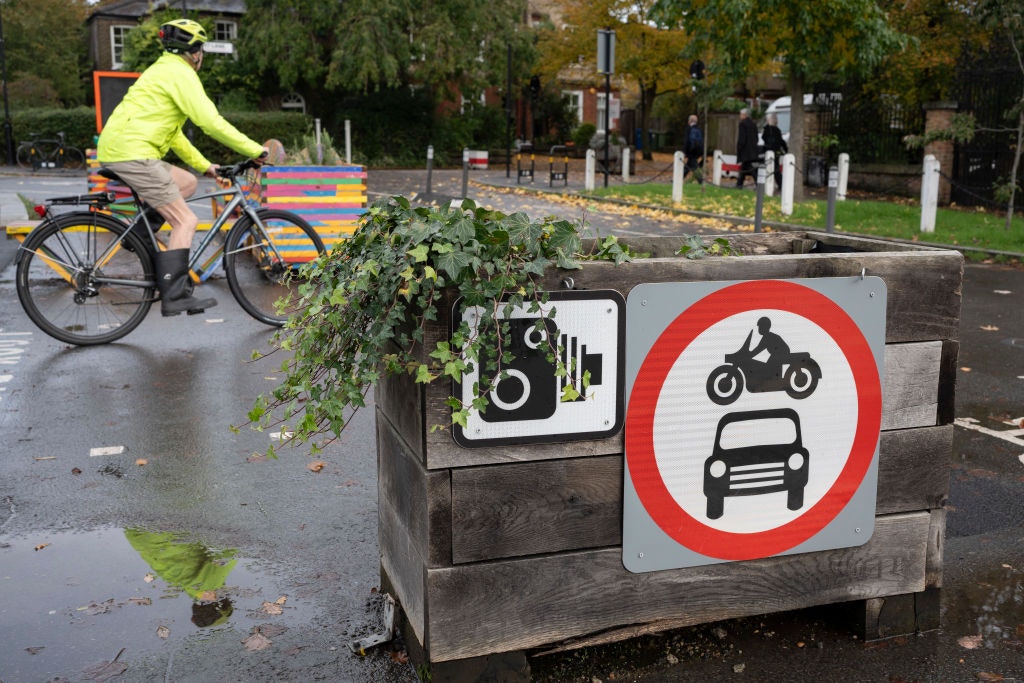The collapse of the Tory Party has just begun
How Reform crippled the Conservatives
The general election on the 4th July 2024 ended as many expected it would: an unassailable Labour majority; a fractured British right; a resurgent Liberal Democrat party; and a breakthrough for challengers such as the Green Party and independents, many of whom were backed by The Muslim Vote.
Yet for all this, the changes look surface-level. Sir Keir Starmer’s parliamentary majority is large, but the “landslide” that delivered it is wide and shallow. His Labour Party won fewer votes than under Jeremy Corbyn, and the majorities sustaining his new MPs are, in many places, wafer-thin.
Meanwhile, in core constituencies and Labour strongholds, independents that directly challenge the Labour leadership’s line on international issues, especially the conflict in Gaza, have won large majorities based on a rejection of the Labour Party.
It is hard not to conclude that the Labour victory of 2024 was not because of the Labour Party’s strength, but because of the Conservatives’ weakness.
And that weakness is, put simply, Nigel Farage MP’s Reform UK.
The official statistics on constituency-by-constituency votes are yet to be released, but — as I am a political nerd — I spent my weekend crunching the numbers on Labour’s majority, comparing their vote share in all 411 seats that they won to the Conservatives’ and Reform’s, and did the same for seats where the Liberal Democrats won.
All statistics were sourced from the BBC’s general election results, and, in the spirit of openness and transparency, the full table I compiled can be found here.
In exactly 122 seats that the Labour Party won, the Reform Party won more votes than the Conservatives. Of those, in 16 seats the combined vote of the Conservatives and Reform would have resulted in a Reform seat.
Similarly, in 144 seats (with some overlap), the Reform Party came behind the Conservatives, but took enough votes from the Conservatives to deny them a majority.
This does not mean that the Conservatives lost all of their votes to Reform. However, even if we assume that Reform had not run, and the Conservatives retained 80 per cent of the votes that went to Reform, that would still only be 119 seats. There was no way the Conservatives were going to win this election.
… the right-wing vote in Britain has been well and truly split
It cannot be stated enough: whilst not every single Reform voter would have come from, or been once loyal to, the Conservative Party, the right-wing vote in Britain has been well and truly split. And in 122 seats, the Conservative Party took enough votes from Reform to hamper their chances for winning the seat. In 98 of those seats, Reform came second.
There is a line you will hear more and more in the next few years: the Conservative Party must stop splitting the Reform vote.
Meanwhile, Reform’s support is more complex and more varied than people might think, following the victories of Farage, Tice, Lowe and McMurdock in coastal towns. Where Reform did remarkably well was in Scotland and Wales, where Reform leapfrogged the Tories in 21 seats in Scotland, while in places like Pontypridd, Aberafan Maesteg and Lliannelli — the latter of which, Reform was only 1,500 votes behind Labour — Reform took more than double the Tory vote share.
My gut feeling is that this is due to the Conservatives being seen as “English” whilst Reform offered a Unionist alternative that tapped into sentiments of being left-behind and ignored. The tally between heavy Reform-voting constituencies and Brexit-leaning constituencies must be significant, but this is yet to be revealed.
Where this cannot be said to be replicated is constituencies where the Liberal Democrats won. Of their 71 seats, Reform beat the Conservatives in only two seats: Orkney and Shetland; and North East Fife. But even in those seats, Reform won only 10 per cent of what Labour won. Only in 26 of the 71 seats was the combined Reform and Conservative vote substantial enough to be more than the Lib Dem’s majority.
The Conservative Party’s collapse in these seats — predominantly affluent, rural England — cannot be attributed to a Reform surge. That is their own failure, and they need to confront that. But in post-industrial towns, and “left-behind communities”, Reform is clearly becoming the right-wing alternative to the Conservative Party.
If we want to understand why the Conservative Party lost so many voters to a pro-Britain, anti-identity politics, anti-system party on the Right, it is because, quite simply, the Conservative Party has ceased to be all of those things. The insistence by many in the losing side that they lost because they weren’t enough like the winning side are right in some respects – but they have misunderstood who the “winning” side is. Nigel Farage has shaped British politics for nearly two decades now, and with an official parliamentary platform now under his belt, he and Reform will continue to do so.
Labour’s landslide may be wafer-thin, but the Conservatives are hanging on by a thread. As the Party looks to its fourth leadership contest since 2019, a Tory Civil War might be the straw that breaks the camel’s back.
Enjoying The Critic online? It's even better in print
Try five issues of Britain’s most civilised magazine for £10
Subscribe














